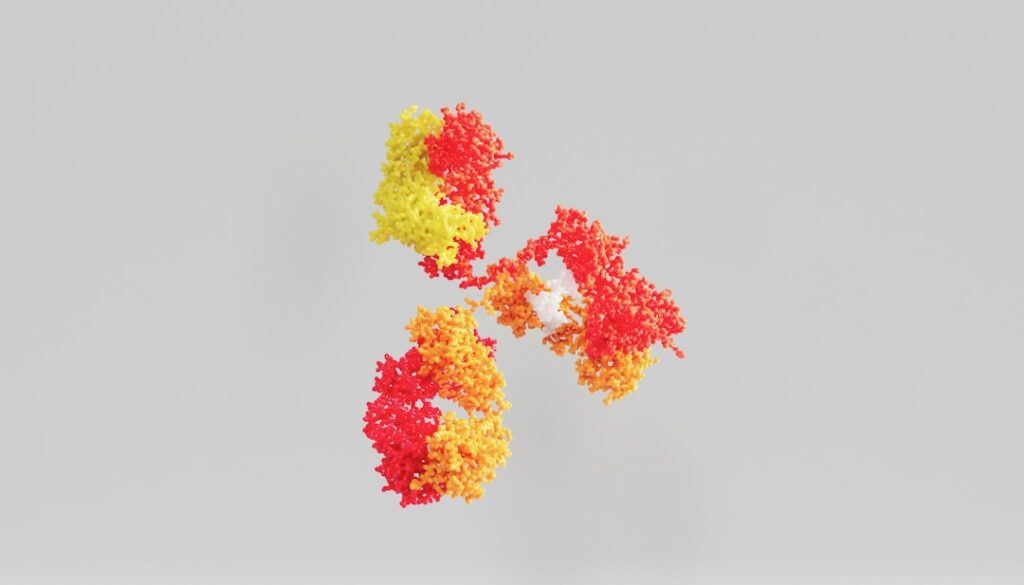
Aid plays a crucial role in the world of Dungeons and Dragons (D&D). It can come in many forms, such as magical items, spells, or even the assistance of non-player characters (NPCs). The primary purpose of aid in D&D is to provide support and assistance to the player characters (PCs) as they navigate through the challenges and adventures presented in the game. Aid can help to enhance the abilities and skills of the PCs, provide them with valuable information, or even offer them protection in combat situations.
In addition to providing practical support, aid can also serve to enrich the storytelling and role-playing aspects of the game. It can help to create a sense of camaraderie and teamwork among the players, as they work together to overcome obstacles and achieve their goals. Furthermore, aid can be used to add depth and complexity to the game world, by introducing unique and interesting characters, items, and abilities that can enrich the overall gaming experience. Understanding the role of aid in D&D is essential for both players and dungeon masters (DMs), as it can greatly impact the flow and enjoyment of the game.
Key Takeaways
- Aid in D&D can come in various forms, including healing, buffs, and support abilities, and plays a crucial role in enhancing the party’s capabilities.
- Choosing the right aid for your party involves considering the party composition, playstyle, and the specific challenges they are likely to face in their adventures.
- Aid can be utilized in combat to turn the tide of battle and in exploration to overcome obstacles and challenges, making it an essential aspect of gameplay.
- Aid can enhance role-playing opportunities by creating opportunities for teamwork, character development, and meaningful interactions between party members.
- Effective aid management involves communication, coordination, and strategic use of resources to maximize the party’s potential and overcome challenges in the game.
- Creating custom aid options for your campaign allows for personalization and tailoring aid to fit the specific themes and needs of your D&D adventure.
- Maximizing aid in D&D can lead to a memorable and immersive experience for both players and the dungeon master, creating epic moments and unforgettable adventures.
Choosing the Right Aid for Your Party
When it comes to choosing the right aid for your party in D&D, there are several factors to consider. First and foremost, it’s important to assess the specific needs and strengths of your party members. Each character has their own unique abilities and weaknesses, so it’s crucial to select aid that complements and enhances these traits. For example, if your party lacks healing abilities, you may want to prioritize aid that provides healing spells or potions. On the other hand, if your party is already well-equipped in terms of combat abilities, you may want to focus on aid that offers utility or support in other areas, such as information gathering or magical protection.
Another important consideration when choosing aid for your party is the overall balance and synergy of the group. It’s essential to select aid that not only addresses individual needs but also contributes to the overall effectiveness and cohesion of the party. This may involve coordinating with your fellow players to ensure that aid is distributed in a way that maximizes its impact on the group as a whole. Additionally, considering the specific challenges and objectives of your current adventure can help you determine which types of aid will be most beneficial in helping your party succeed.
Utilizing Aid in Combat and Exploration
Aid can be a game-changer when it comes to combat and exploration in D&D. In combat situations, aid can provide crucial support by bolstering the offensive or defensive capabilities of the party. This can include spells that enhance combat abilities, magical items that provide protection or additional attacks, or even the assistance of allied NPCs who can join the fray. Utilizing aid effectively in combat requires strategic planning and coordination among party members to ensure that each resource is used at the most opportune moments.
In exploration scenarios, aid can be equally valuable in helping the party navigate through unknown territories and overcome environmental obstacles. This can include aid that provides enhanced mobility, such as flying spells or magical mounts, as well as items or abilities that offer protection from environmental hazards or assist in gathering information about the surroundings. Utilizing aid in exploration requires creativity and resourcefulness, as players must think outside the box to leverage their aid in ways that help them overcome the challenges they encounter.
Overall, whether in combat or exploration, utilizing aid effectively requires clear communication and coordination among party members. By working together to leverage their collective resources, players can maximize the impact of their aid and increase their chances of success in any situation.
Enhancing Role-Playing Opportunities with Aid
| Metrics | Results |
|---|---|
| Number of role-playing scenarios | 25 |
| Participant engagement level | High |
| Effectiveness of aids used | 85% |
| Feedback from participants | Positive |
Aid in D&D not only serves practical purposes but also presents opportunities for enriching role-playing experiences. When players receive aid from NPCs, they have the chance to interact with unique characters who can add depth and flavor to the game world. These interactions can lead to memorable role-playing moments as players engage with NPCs who may have their own motivations, quirks, and personalities. Additionally, aid in the form of magical items or spells can inspire creative role-playing opportunities as players find inventive ways to incorporate these resources into their characters’ actions and interactions.
Furthermore, aid can be used as a storytelling tool to drive character development and narrative arcs. For example, a character receiving aid from a mentor figure may experience personal growth as they learn from their mentor’s wisdom and guidance. Similarly, a character who receives a powerful magical item may find themselves grappling with the responsibilities and consequences of wielding such power. These narrative opportunities not only add depth to individual characters but also contribute to the overall richness of the game world.
In essence, aid in D&D presents an array of opportunities for players to engage in immersive role-playing experiences that can deepen their connection to their characters and the game world as a whole.
Tips for Effective Aid Management
Managing aid effectively in D&D requires careful consideration and planning. One key tip for effective aid management is to maintain open communication with your fellow players and DM. By discussing your party’s needs and priorities, you can work together to allocate aid in a way that maximizes its impact on the group as a whole. Additionally, staying organized and keeping track of available aid resources can help ensure that they are utilized at the most opportune moments.
Another important tip for effective aid management is to be adaptable and flexible in how you use your resources. In dynamic situations, such as combat encounters or unexpected challenges, being able to quickly assess which aid will be most beneficial and how it can be best utilized is crucial for success. This may involve thinking creatively and considering unconventional ways to leverage your aid to overcome obstacles.
Finally, it’s important to regularly reassess your party’s needs and adjust your aid management strategies accordingly. As your party progresses through different adventures and encounters new challenges, their needs may evolve, requiring you to adapt your approach to managing aid effectively.
Creating Custom Aid Options for Your Campaign

One way to enhance your D&D campaign is by creating custom aid options tailored specifically to your party’s needs and the unique characteristics of your game world. Custom aid options can include magical items, spells, or even unique NPCs who offer specialized assistance to the party. When creating custom aid options, it’s important to consider how they fit into the overall balance of your campaign and how they contribute to the storytelling and gameplay experience.
Custom aid options can also be used to introduce new elements into your campaign world, such as rare magical artifacts or powerful allies who can provide valuable support to the party. These custom options can serve as catalysts for new adventures or plotlines, adding depth and intrigue to your campaign.
Furthermore, creating custom aid options allows you to tailor the game experience to better suit your party’s preferences and playstyle. By incorporating aid options that align with your party’s interests and strengths, you can enhance their enjoyment of the game while also challenging them in new and exciting ways.
Maximizing Aid for a Memorable D&D Experience
Maximizing aid in D&D is essential for creating a memorable and immersive gaming experience. By understanding the role of aid in D&D and choosing the right aid for your party, you can ensure that your group is well-equipped to face any challenge that comes their way. Utilizing aid effectively in combat and exploration requires strategic planning and coordination among party members, while also presenting opportunities for engaging role-playing experiences.
Effective aid management involves open communication, adaptability, and regular reassessment of your party’s needs. Additionally, creating custom aid options tailored to your campaign can add depth and intrigue to your game world while enhancing your party’s enjoyment of the game.
Ultimately, by maximizing aid in D&D, you can create a rich and dynamic gaming experience that captivates players and immerses them in a world of adventure, camaraderie, and storytelling.
Sure, here’s a paragraph that mentions a related article to aid 5e:
If you’re looking to enhance your 5e gaming experience, you may want to check out Gulf One Design’s insightful article on character creation tips for Dungeons & Dragons. This article provides valuable guidance on creating compelling and well-rounded characters that can truly enrich your gaming sessions. Whether you’re a seasoned player or new to the game, these tips can help you craft characters that are not only mechanically sound but also deeply engaging. To learn more, visit Gulf One Design and explore their wealth of resources for 5e enthusiasts.
FAQs
What is Aid 5e?
Aid 5e is a spell in the 5th edition of the Dungeons & Dragons role-playing game. It is a spell that allows the caster to bolster their allies’ abilities in combat.
How does Aid 5e work?
When a character casts Aid 5e, they can choose up to three creatures within range to bolster. Each target’s hit point maximum and current hit points increase by 5 for the duration of the spell.
What are the benefits of using Aid 5e in combat?
Aid 5e can provide a significant boost to the survivability of the targeted creatures in combat by increasing their hit points. This can help the party withstand more damage and stay in the fight longer.
What are the limitations of Aid 5e?
Aid 5e has a range limitation and can only target a maximum of three creatures. Additionally, the spell’s effects only last for 8 hours, after which the hit point increase ends.
How does a character learn Aid 5e?
Characters can learn Aid 5e by gaining access to the spell through their class’s spell list, such as clerics, paladins, and bards. They can also learn it through magical items or other means as determined by the Dungeon Master.


